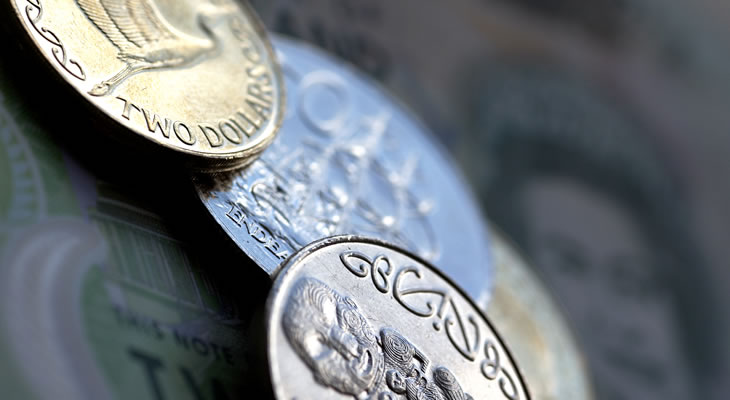Weaker NZ Retail Card Spending Fails to Boost Pound New Zealand Dollar Exchange Rate
A slowdown in New Zealand retail card spending was not enough to shore up the Pound to New Zealand Dollar (GBP/NZD) exchange rate this morning.
While sales contracted -0.4% on the month in January, following a downwardly revised -0.6% drop in December, this failed to weigh on demand for the New Zealand Dollar (NZD).
This decline in consumer spending raises some doubts over the resilience of the New Zealand economy, though, especially in the face of ongoing global Covid-19 jitters.
Even so, with market risk appetite stabilising in response to news that AstraZeneca plans to develop vaccines against mutations of the Covid-19 virus the mood towards the New Zealand Dollar remained positive.
Pound Vulnerable to Disappointing UK Gross Domestic Product Report
Further losses could be in store for the GBP/NZD exchange rate ahead of the weekend with the release of the fourth quarter UK gross domestic product report.
Markets are wary of the potential for UK growth to disappoint forecasts, especially at the possibility of a negative quarterly growth rate.
While forecasts point towards growth on the quarter only slowing to 0.5% the risk of a downside surprise limited the appeal of Pound Sterling (GBP).
If growth proves weaker than anticipated in the final three months of 2020 this would not bode well for the economic outlook.
With tightened national lockdown conditions in place since the start of 2021 the growing risk of a negative first quarter growth rate looms over GBP exchange rates.
Unless the GDP report betters expectations, pointing towards greater economic resilience, the appeal of the Pound looks set to sour on Friday.
However, if December’s trade deficit narrows this could help to keep something of a floor under the GBP/NZD exchange rate regardless of the GDP report.
Positive Manufacturing PMI Set to Boost New Zealand Dollar Further
The mood towards the New Zealand Dollar could improve further, meanwhile, on the back of January’s Business NZ PMI.
Forecasts suggest that the PMI picked up from 48.7 to 50.2 in January, returning the manufacturing sector to a state of positive growth.
Evidence of improved conditions within the sector could encourage NZD exchange rates to trend higher across the board, shaking off lingering worries over the economic outlook.
On the other hand, if the PMI fails to return to positive territory as anticipated this may leave the New Zealand Dollar vulnerable to a fresh bout of selling pressure.
Focus may also fall on the latest food inflation data, with markets looking for a moderate uptick on the year.
As stronger signs of inflationary pressure could encourage the Reserve Bank of New Zealand (RBNZ) to adopt a more positive outlook this could weigh heavily on the Pound to New Zealand Dollar exchange rate.


Comments are closed.